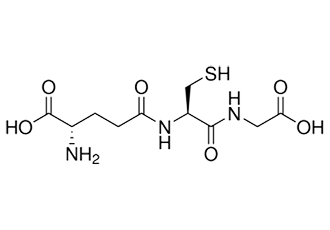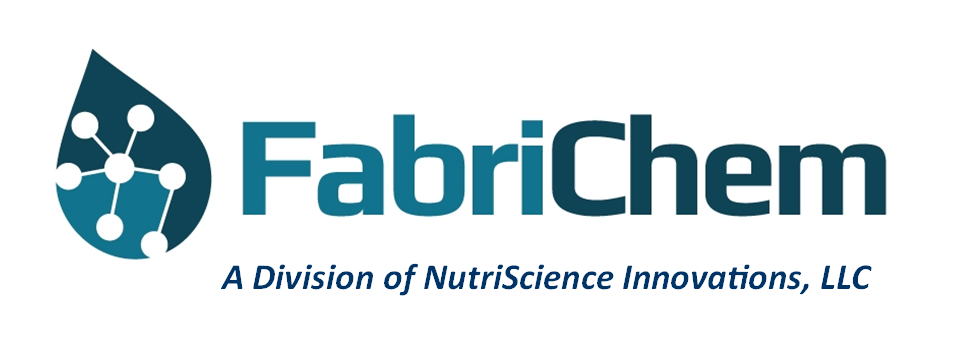Synonyms
γ-L-glutamyl-L-cysteinyl-glycine, GSH
Technical Data
CAS Number: 70-18-8
Molecular Formula: C10H17N3O6S
Molecular Weight: 307.32
Beilstein Registry Number: 1729812
EC Number: 200-725-4
FabriChem Specifications
| ITEMS | SPECIFICATIONS |
| Description | White Crystalline Powder |
| Odor & Taste | Almost odorless, sour taste |
| Solubility | Soluble in Water |
| Ninhydrin Test | Positive |
| Lead Acetate Test | Positive |
| Identification (IR) | Corresponds to reference spectrum |
| Melting Point | ~ 185° |
| Optical Rotation | -15.5° to -17.5° |
| Color & Clarity of Solution | Clear & colorless |
| Heavy Metals | 5 ppm Max. |
| Arsenic | 1 ppm Max. |
| Iron | 5 ppm Max. |
| Related Substances: | |
| Total | 2.0% Max. |
| GSSG | 1.5% Max. |
| Loss on Drying | 0.5% Max. |
| Residue on Ignition | 0.1% Max. |
| Assay | 98.0 – 101.0% |
| Microbiology: | |
| Total Plate Count | 1,000 CFU/g Max. |
| Yeast & Mold | 100 CFU/g Max. |
| Coliforms | Negative |
| |
Molecular Structure

About
NutriGlo® L-Glutathione, a powerful anti-oxidant which supports cellular function.
Glutathione is a tripeptide, composed of glutamic acid, cysteine, and glycine that plays a vital role in supporting cellular function.
Anti-Oxidant
Properties:
Glutathione serves as the major anti-oxidant that protects cells from free radical exposure. It plays an important role in scavenging reactive oxygen and recycling other anti-oxidants (Vitamins C & E).
Detoxification:
Glutathione is produced primarily in the liver and may help to support healthy liver function. Glutathione conjugates with heavy metals and toxins helping the body to eliminate these harmful substances.
Immune Support:
Glutathione may help to enhance the body’s immune response by reducing oxidation which may help to improve immune cell health and the body’s ability to fight disease.
Prevention of Skin Pigmentation:
Glutathione inhibits the activity of tyrosinase and production of melanin which helps to prevent peroxy lipid generation by scavenging reactive oxygen.
[/columns2]
